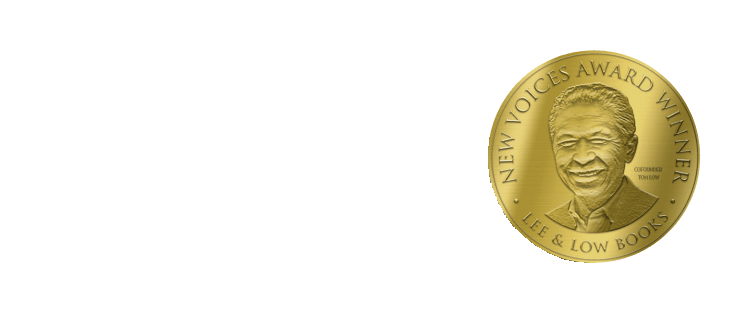
Why Does Diversity in Publishing Matter?
The book industry has the power to shape culture in big and small ways. The people behind the books serve as gatekeepers, who can make a huge difference in determining which stories are amplified and which are shut out. If the people who work in publishing are not a diverse group, how can diverse voices truly be represented in its books?
Why We Created the Diversity Baseline Survey?
People long suspected publishing had a diversity problem. Without hard numbers, the extent of that problem was anyone’s guess. The goal was to survey publishing houses and review journals regarding the racial, gender, sexual orientation, and ability makeup of their employees; establish concrete statistics about the diversity of the publishing workforce; and then build on this information by reissuing the survey every four years. Through these long-term efforts, we would be able to track what progress our industry shows over time in improving representation and inclusion.
The 2015 Diversity Baseline Survey (DBS 1.0) established a standard, showing where we were in regards to diversity and encouraging a culture of transparency for our industry. We reissue the survey at 4 year intervals (in 2019 and 2023) in hopes that the numbers have improved—a sign that the publishing industry is moving in the right direction and becoming more inclusive.
Have the numbers improved?
The 2023 Diversity Baseline Survey (DBS 3.0) Results
Four years have passed since the 2019 survey. Here are the results and analysis of the Diversity Baseline Survey 3.0. While some of the biggest differences were noted from the 2015 survey results to this latest iteration, the dataset for the first DBS was much smaller than the 2023 version. There’s a shift in attitude about the survey. Companies are more eager to take part in it today than in 2015, when folks needed to be convinced about why it’s important to participate.
The 2019 Diversity Baseline Survey (DBS 2.0) Results
Did inclusion levels rise since the first survey? The Diversity Baseline Survey 2.0 engaged an even larger segment of the publishing community with all BIG 5 publishers participating this time around, all major review journals, and the addition of academic presses and literary agencies. Read more about the methodology behind DBS 2.0 as well as our analysis here.
The 2015 Diversity Baseline Survey (DBS 1.0) Results
Here are the results of the original Diversity Baseline Survey 1.0. The largest diversity publishing survey of its kind. The survey included small, medium, and large publishers (3 out of 5 BIG 5 publishers participated). DBS 1.0 also surveyed all the major book review journals.
Further Reading and Resources
Read: A Conversation with Literary Agents on Diversity and Inclusion
Read: How Sheltering in Place Shows Us a More Accessible World
Read: Educator Resource Guide for the Diversity Baseline Survey 2.0
Read: The Diversity Baseline Survey: What Happens Next?
Read: Behind the Scenes of Publishing’s First Diversity Baseline Survey
Selected Media Coverage of the Second Diversity Baseline Survey (DBS 2.0)
“Missteps lead publishing industry to review diversity effort” (The Associated Press)
“New Lee and Low Survey Shows No Progress on Diversity in Publishing” (Publishers Weekly)
“Survey Shows ‘No Discernible’ Progress Diversifying Publishing” (School Library Journal)
“US publishing remains ‘as white today as it was four years ago” (The Guardian)
‘“American Dirt’ Has Us Talking. That’s a Good Thing.” (The New York Times)
“Publishing has to keep up with the world, not the other way round” (The Guardian)
Selected Media Coverage of the First Diversity Baseline Survey (DBS 1.0)
“Publishing Industry is overwhelmingly white and female, US study finds” (The Guardian)
“First Diversity Baseline Survey Illustrates How Much Publishing Lacks Diversity” (Forbes)
“New Survey Confirms Straight White Women’s Domination of Publishing” (Slate)
“The Overwhelming Whiteness of the Publishing Industry” (Ms Magazine)
For permission to reprint or press inquiries, contact: dbs@leeandlow.com








